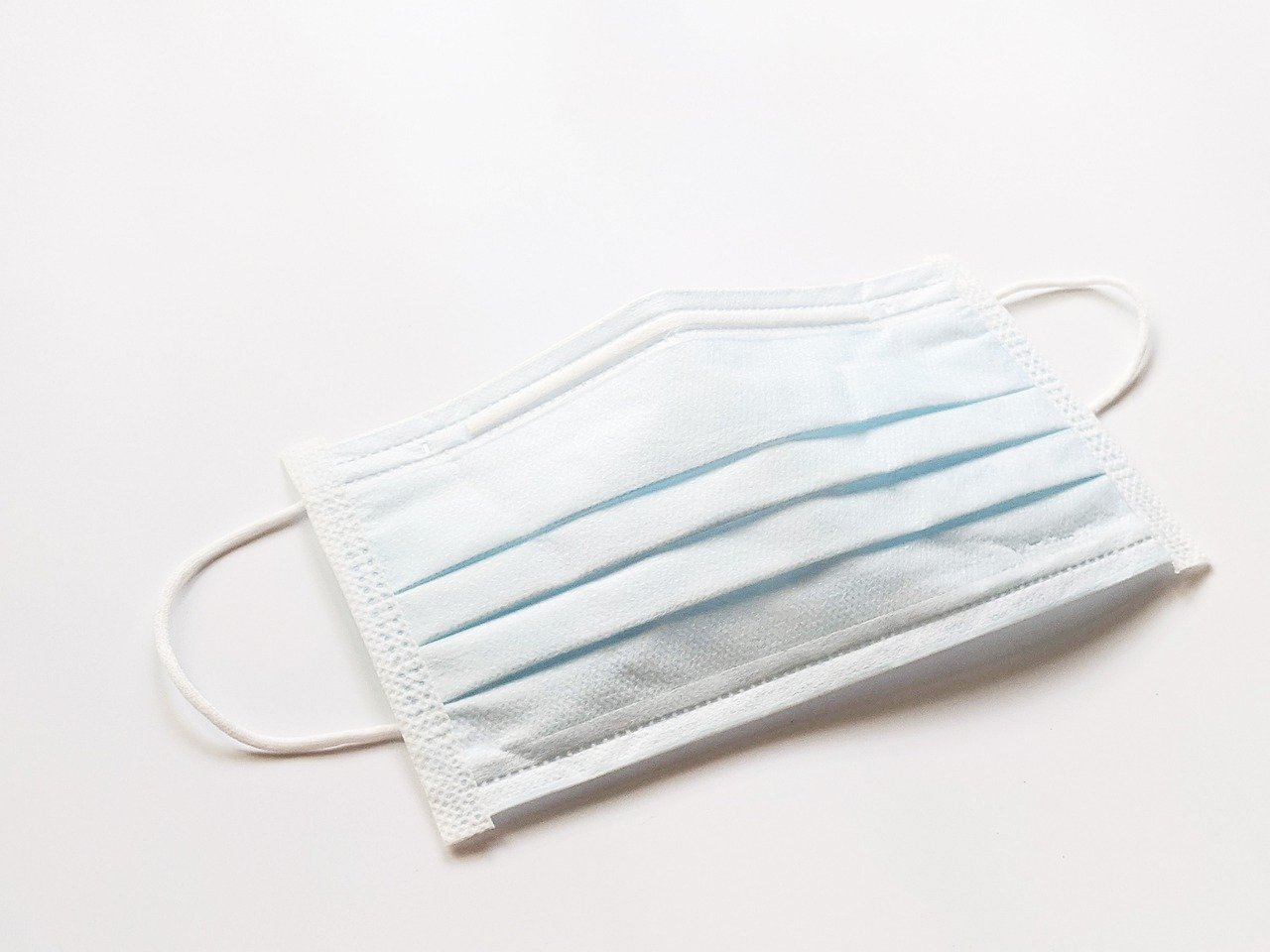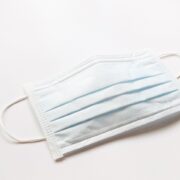
A new report from the U.S. Centers for Disease Control and Prevention (CDC) has found that double masking significantly improves protection against COVID-19.
Well-fitted masks or double masking improves protection by preventing leakage of unfiltered air and particles around the edges, better protecting the wearer and those around them, according to the CDC’s Morbidity and Mortality report released on Wednesday, February 10.
“Masks substantially reduce exhaled respiratory droplets and aerosols from infected wearers and reduce exposure of uninfected wearers to these particles. Cloth masks and medical procedure masks fit more loosely than do respirators (e.g., N95 facepieces),” the report said.
It added, “The effectiveness of cloth and medical procedure masks can be improved by ensuring that they are well fitted to the contours of the face to prevent leakage of air around the masks’ edges.”
Beginning in January, the CDC conducted experiments to assess two ways of improving the fit of medical procedure masks — layering a cloth mask over a disposable surgical mask, and knotting the ear loops of a medical procedure mask and then tucking in and flattening the extra material close to the face.
“In the study, wearing any type of mask performed significantly better than not wearing a mask,” said CDC Director Rochelle Walensky in a briefing from the White House COVID-19 Response Team.
“And well-fitting masks provided the greatest performance at both blocking emitted aerosols and exposure of aerosols to the receiver. In the breathing experiment, having both the source and the receiver wear masks modified to fit better reduced the receiver’s exposure by more than 95%, compared to no mask at all,” she added.
Researchers found that wearing a cloth mask over a medical procedural mask or “double masking” improved the protection for the wearer by blocking 83% of small particles from an unmasked individual.
Meanwhile, “knotting and tucking” a surgical mask reduced a wearer’s exposure to viral particles by about 65 percent.
Additionally, if two people are both wearing either the knotted and tucked surgical masks, or if both are double-masked, exposure from viral particles was reduced by 96.4 percent.
The CDC, however, noted that experiments on double masking did not include any other combinations of masks, such as cloth over cloth, medical procedure mask over medical procedure mask, or medical procedure mask over cloth.
It also stressed that the study didn’t alter the CDC’s guidance on who should wear a mask and when.
“I want to be clear that these new scientific data released today do not change the specific recommendations about who should wear a mask, or when they should wear one.
But they do provide new information on why wearing a well-fitting mask is so important to protect you and others,” said Walensky.





